
At the time of opening in the early 1970s Longannet was the largest power station in Europe with a capacity of 2,400 MW. Designed by Scottish architects Robert Matthew, Johnson Marshall & Partners, construction began in 1965 on land reclaimed from the Firth of Forth using ash from the Kincardine power station. The first electricity was generated in 1970 and the station was running at full capacity by 1973 once construction of all units was complete.
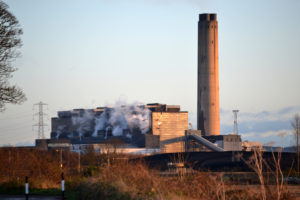
Longannet consumed up to 4.5million tonnes of coal per year. The coal was originally supplied via conveyors directly from the nearby Longannet Colliery until its closure in 2002. After that time coal was delivered via rail or road to the station’s coal store which could hold two million tonnes.
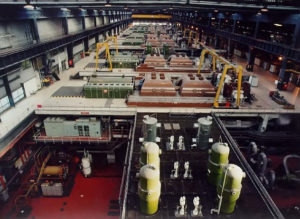
Each of the four front-wall-fired boilers, manufactured by Foster Wheeler John Brown, would burn 250 tonnes of coal per hour at full load. Fuel was fed to the boilers from 8 Pulverised Fuel Mills per boiler, each capable of processing 40 tonnes of coal per hour. Each boiler provided around 1,800 tonnes per hour of steam at a pressure of 168 bars and a temperature of 568°C to the turbo-generator sets. The four English Electric turbine sets were each arranged in two lines with a cross-compound arrangement, driving 8 x 300 MW GEC turbo generators.
Cooling water was drawn from the Firth of Forth a rate of 327,000 cubic metres per hour. Longannet did not have any cooling towers, instead discharging its cooling water into a mile long cooling channel, where heat was dissipated before the water reached a wide part of the Forth.
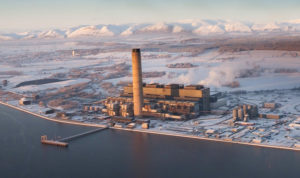
[Image courtesy Scottish Power]
In 2003 Longannet was identified as Scotland’s largest source of pollution. The power station closed in 2016 after 46 years of producing electricity. The closure marked the end of coal-fired generation in Scotland.
Buildings and Plant Detail
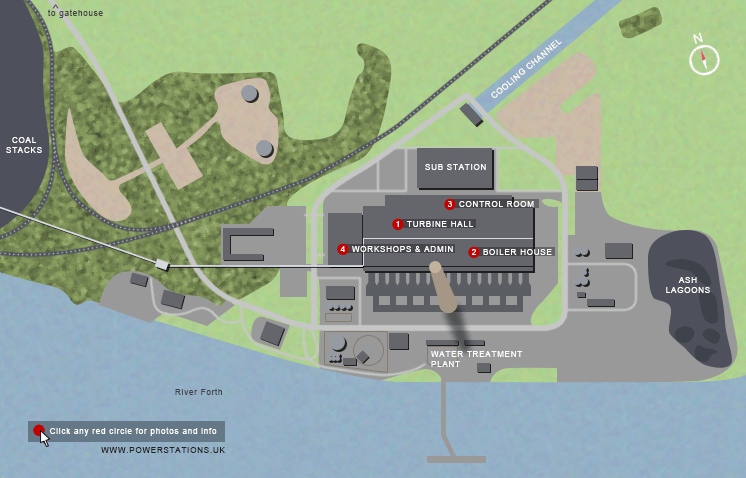
Longannet Image Gallery
Visit the plant detail pages above to view more images from each area of the power plant
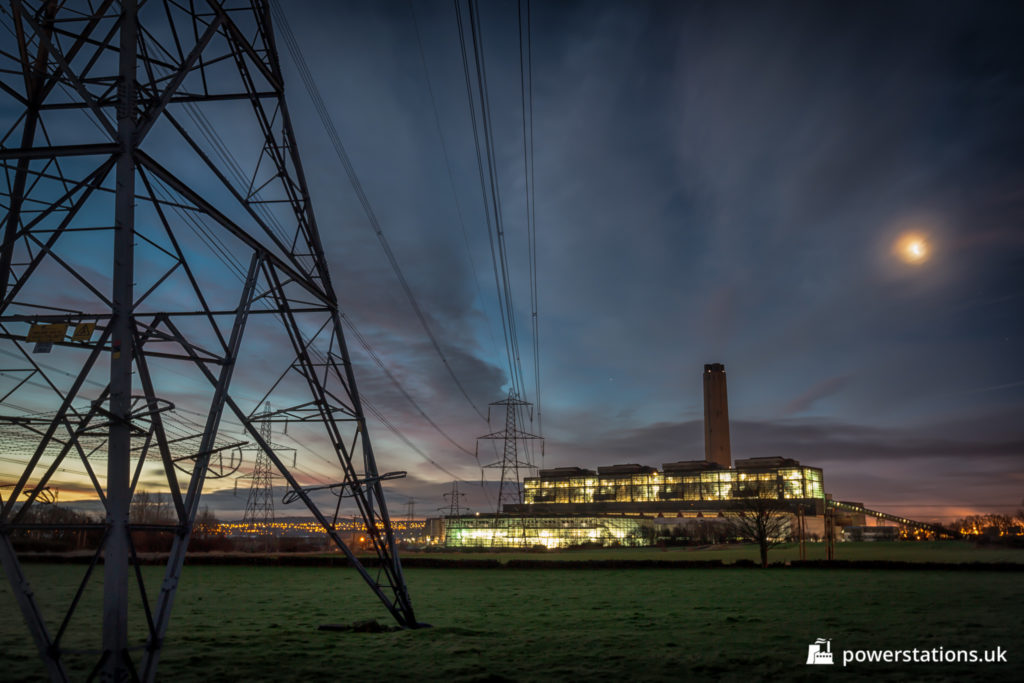
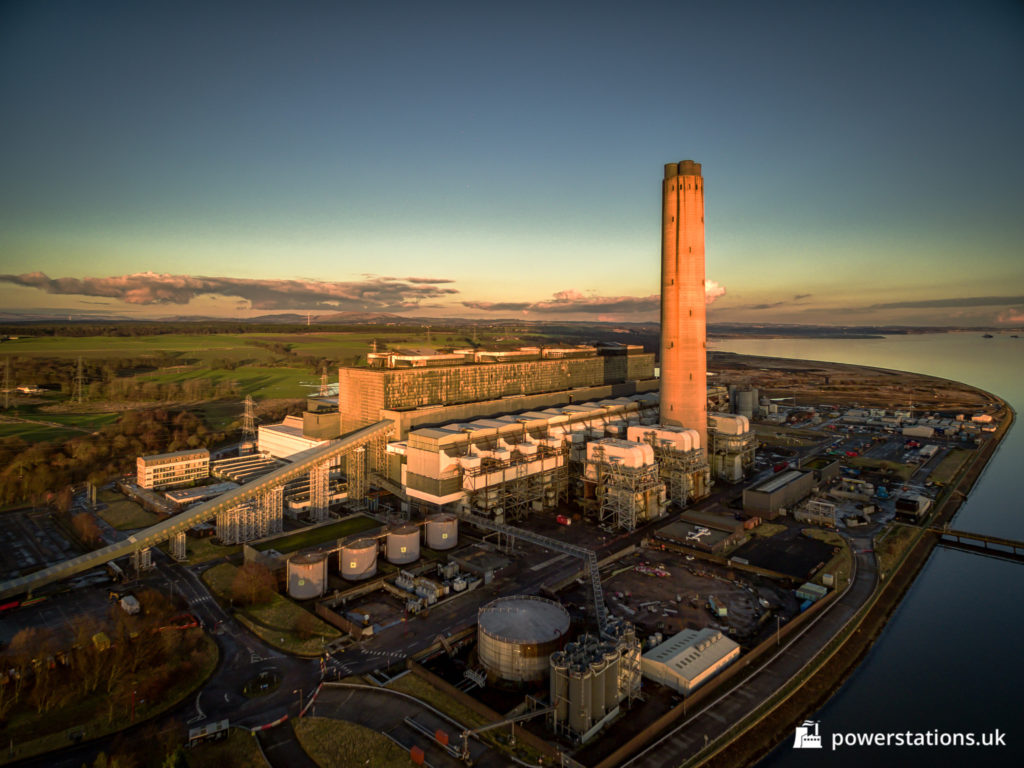
Carbon Capture and Storage
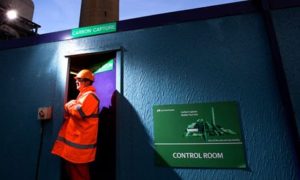
The UK’s first ever Carbon Capture and Storage (CCS) unit was commissioned at the station in 2009. CCS is a technology that can capture 90% or more of the carbon dioxide (CO2) emissions produced from the use of fossil fuels in electricity generation. The captured CO2 is then transported for permanent storage in depleted oil and gas fields.
The unit was closed in 2011 after it became clear that it was not financially viable. Plans for a UK Government funded project to convert Longannet to CCS were abandoned in 2011 and no further plans for CCS at Longannet were announced.

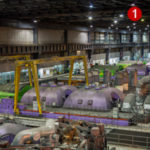



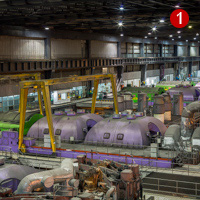 Turbine Hall
Turbine Hall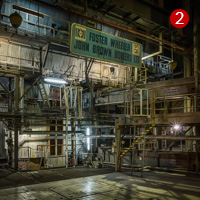 Boiler House & Fuel Delivery
Boiler House & Fuel Delivery Control Room
Control Room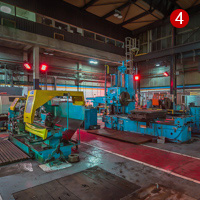 Workshops & Admin
Workshops & Admin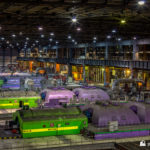
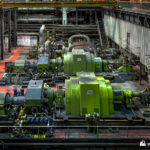

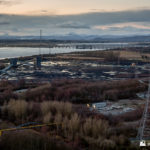
17 thoughts on “Longannet Power Station, Fife, Scotland”
Some great photos bring a wee tear to the eye seeing just how empty and un-kept the place looks. Was a great place to work.
Worked there for 44 years, retired 31st December 2015. Good place to work, great bunch of guys just like a big family.
Theres a name from the past -Was actually talking to Toby Howden in NZ this morning
Served my time with Weir Pumps and spent many days changing Cartridges on the Boiler Feed Pumps during the annual Unit shutdowns. Brings back some memories seeing those photos. Was a black hole inside the place but I enjoyed it all the same.
When is the big chimney coming down ?
Demolition work is scheduled to be completed in 2021 and the chimney is likely to be one of the last structures to be brought down.
came down yesterday, 09/12/2021
Started my career as a 17 year old did over 30 years until it closed. made a lot of great friends and had a few laughs on the way. sorry to see it go. being one of the last employees during the decommissioning it broke my teams heart to start tearing it apart.
You have to look at it this way, your saving the world for future generations.
I worked there as a contractor in the late seventies motorising valves deep on the bowels
of the place. Hard work but enjoyable. We stayed in the Dundonald Arms in Culross, fabulous place. Sad to see the state it’s in now and the loss of the power station.
Bit of a joke about the pollution though, as also worked across the Forth at Grangemouth and that was a polluter!
Worked there contracting on regular shutdowns, for Foster Wheeler, N E I International Combustion and Rutherford Stevens, it must be a great loss to the local economy. Interesting place to work.
yes worked there for 38 and a half years welder fabricator and left my dna all over the place , buggerd my back aswell i got out 18 month early pension and lump sum , great place for a good while but got a bit stuffy nearing the end well less happy to work as men change
What happened to the Turbines, Boiler Feed Pumps, Boilers and Generator Transformers when the station was decommissioned ?
Worked at Longannet from 1970 to mid ‘76 and loved working there with a great team in Maintenance Dept. Only left as my youngest daughter had chest problems , we lived in Grangemouth, so I had to change jobs to get out the area. Still have fond memories of my time there, and our nearby neighbours who also worked there.
I worked in ops Dept from 1969 – 1975 and like others have said it was a good crew of lads. Also one of the few guys to have actually climbed internally to the top of the stack (four chimneys within the outer concrete one everyone sees).
I worked there also from 1969-1975 in the operations Dept Also one of the few guys to get the opportunity to climb to the top of the concrete chimney you see internally to the 4 stacks within the concrete those were the days. Still have all the ops books & brochures from those days & Opening Day.
Aye remember it well worked in ops Dept from 1969 – 1975 under Derek Scarlett & Johnny Watson. Climbed the inside concrete stack to reach the top of the 4 internal stacks